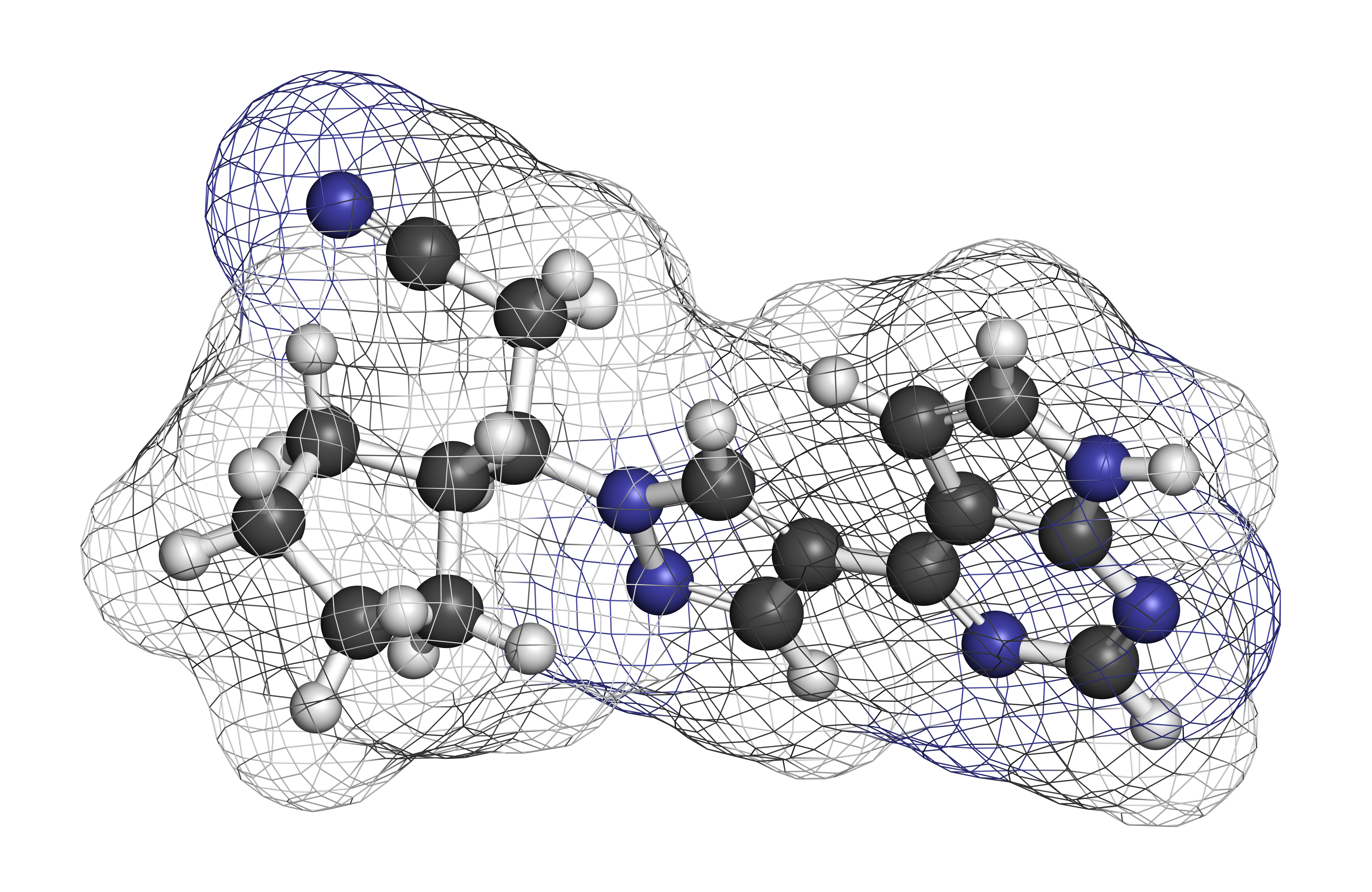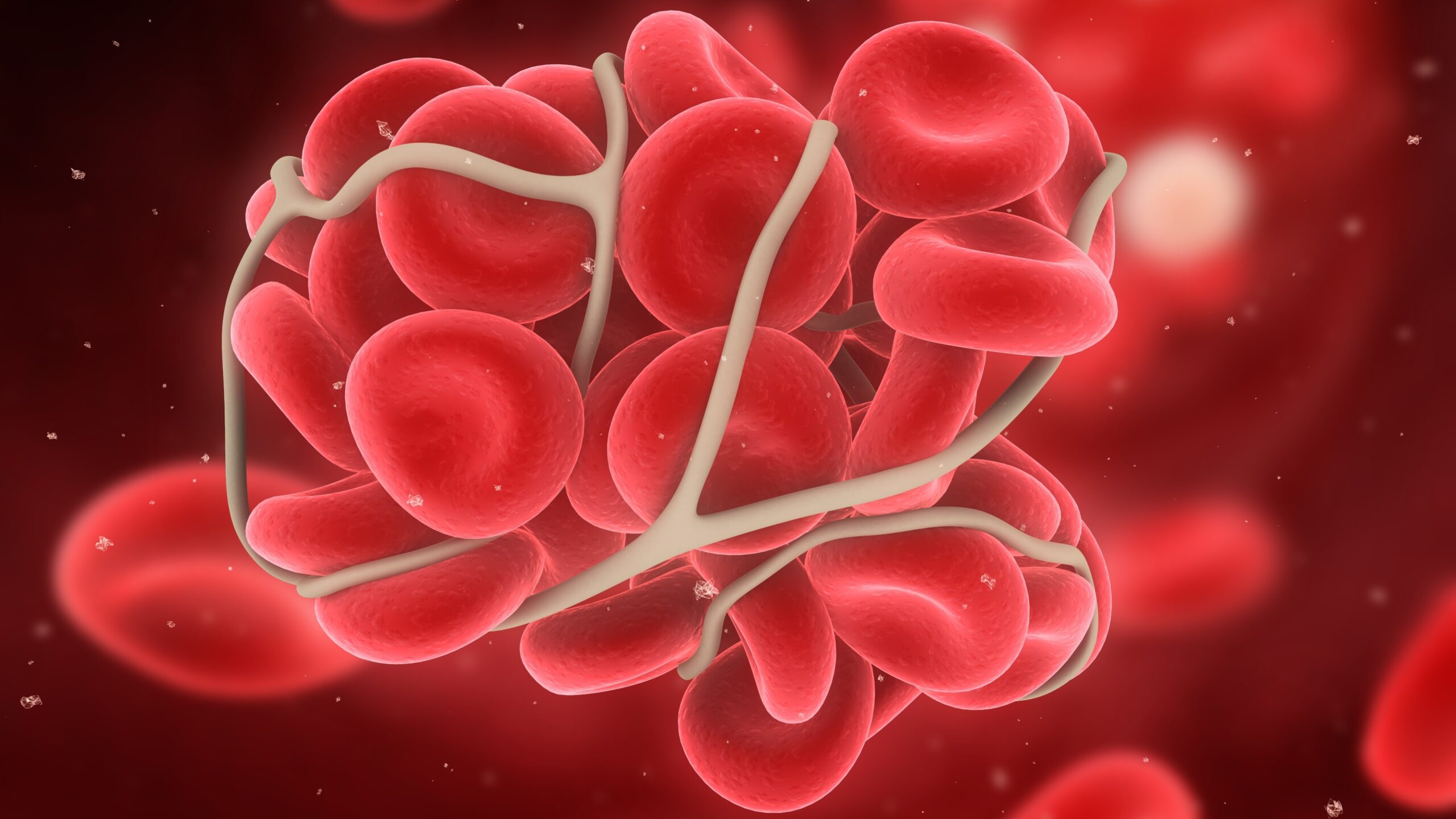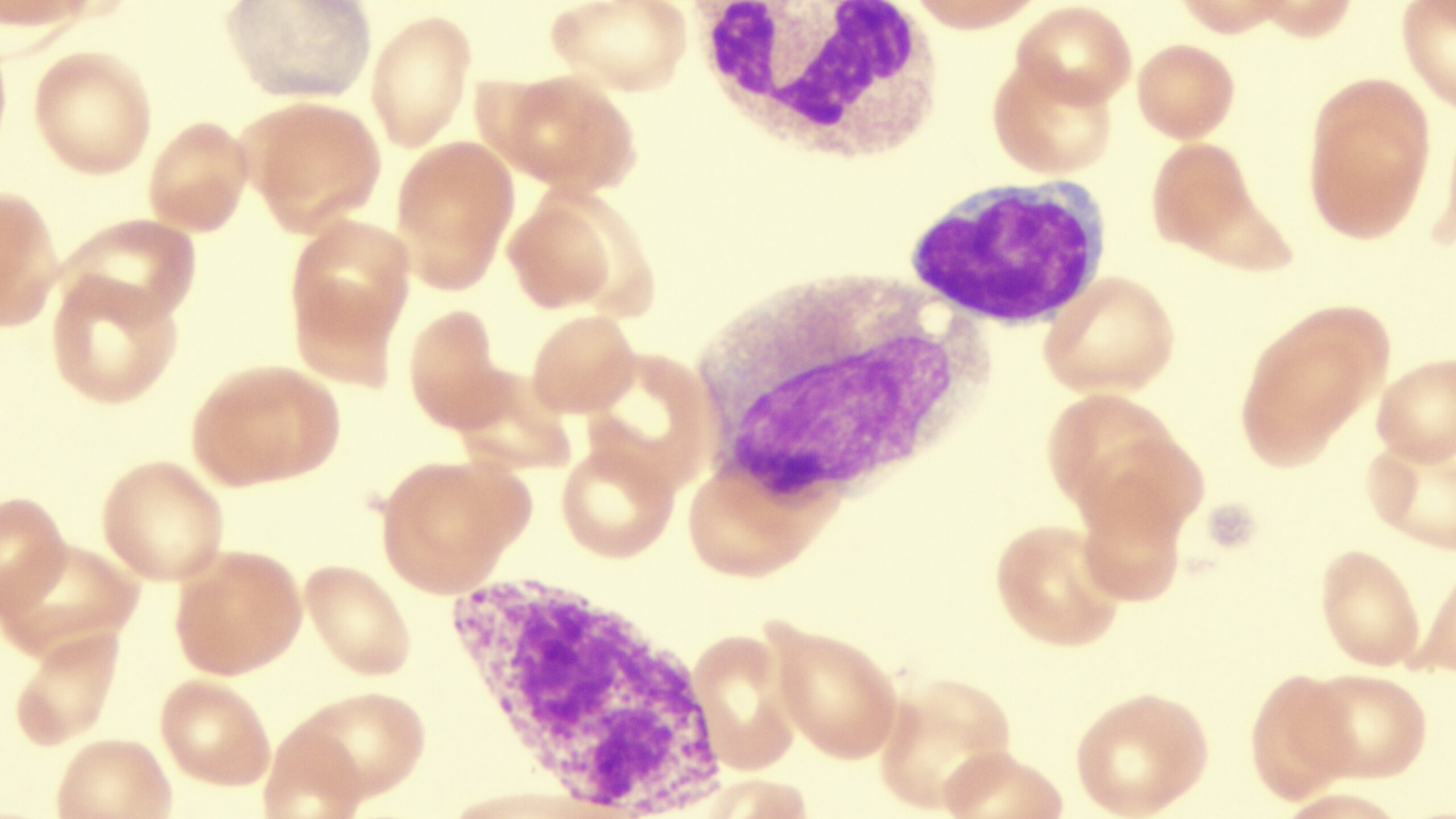
Patients with polycythemia vera (PV) treated with ruxolitinib achieved durable hematocrit levels and better symptom control than those patients receiving the best available therapy, according to a pooled analysis of the RESPONSE and RESPONSE 2 trials. The results were the same whether patients had splenomegaly or not.
“In this pooled analysis of RESPONSE and RESPONSE 2, patients with PV treated with ruxolitinib achieved durable hematocrit control through week 80 and had better symptom control at week 16 than those who received [best available therapy],” wrote the authors, led by Claire Harrison, MD, of the Guy’s and St. Thomas’ NHS Foundation Trust.
The study was presented as an abstract during the 65th American Society of Hematology Annual Meeting & Exposition in San Diego, California.
Dr. Harrison and colleagues also reported from the pooled analysis that there was a reduction in JAK2V617F allele burden in these patients.
“Reductions in JAK2V617F allele burden were consistently observed through week 208 in patients treated with ruxolitinib, including those who crossed over from [best available therapy],” the authors wrote.
Pooled Analysis of RESPONSE, RESPONSE 2 Trials
RESPONSE and RESPONSE 2 were randomized, open-label, multicenter, phase III trials that assessed the efficacy and safety of ruxolitinib in adults with PV who had resistance or intolerance to hydroxyurea, according to the researchers.
In the RESPONSE and RESPONSE 2 trials, 371 patients were randomized to receive ruxolitinib (n=184) versus the best available therapy (n=187). The mean age of patients in this pooled trial analysis was 61.8 years, with most of the patients being male (62.5%) and White (88.1%). At week 28, 62.0% (95% CI, 54.5%–69.0%) of patients receiving ruxolitinib achieved hematocrit control versus 18.2% (95% CI, 12.9%–24.5%) of those receiving the best available therapy.
The authors reported that “durable hematocrit control was maintained to week 80 by 47.3% (95% CI, 39.9%–54.8%) of patients randomized to ruxolitinib,” adding that “nearly all patients in the [best available therapy] arm crossed over to ruxolitinib.”
Other significant findings included the consistent decrease of JAK2V617F allele burden from baseline to week 208 in patients randomized to ruxolitinib. The mean JAK2V617F allele burden decreased from 66.1% to 41.4% at four years, Dr. Harrison and colleagues reported.
Patients Benefit From Ruxolitinib
Overall, the post hoc pooled efficacy analysis of the RESPONSE trials provided additional evidence of patient benefit when treated with ruxolitinib.
“These results provide further evidence of the patient benefit of ruxolitinib in patients with PV with or without splenomegaly,” Dr. Harrison and colleagues wrote.
Reference
Harrison C, Kiladjian JJ, Palandri F, et al. Ruxolitinib treatment in polycythemia vera results in reduction in JAK2 allele burden in addition to improvement in hematocrit control and symptom burden. Abstract #4553. Presented at the 65th American Society of Hematology Annual Meeting & Exposition; December 9-12, 2023; San Diego, California.






 © 2025 Mashup Media, LLC, a Formedics Property. All Rights Reserved.
© 2025 Mashup Media, LLC, a Formedics Property. All Rights Reserved.